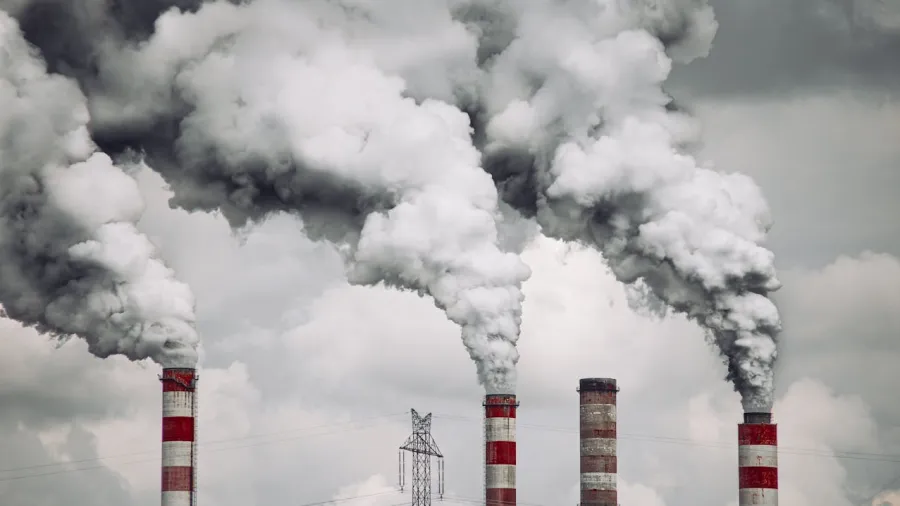
Coal power generation market: A realm of innumerable opportunities
By Aashi MishraAsia Pacific consumed 48.9% of coal energy in 2022 and is a great storehouse of coal resources.
Coal consumption worldwide reached a record 164 exajoules in 2023, and Asia Pacific (APAC) leads with an 83% share of energy demand.
Coal, which is often acclaimed as the “black diamond,” has been the reason for global energy production for many years. Contemporary existence cannot be conceived without the presence of electricity. It illuminates residences, structures, and thoroughfares; supplies heating for both domestic and industrial purposes; and energises the majority of devices and machinery utilised in households, workplaces, and manufacturing facilities.
Coal is the most plentiful source of energy globally, and the APAC region contributes 78% of the global coal electricity generation, with China and India alone accounting for a mixed coal capacity of 1,373 GW. Whilst the world is trying to phase out most of the coal-powered plants, why is Asia Pacific still holding on to coal energy?
Let’s bring out the facts and debunk the idea of CO2 emissions by understanding what “clean coal” is.
Knowing the trends and insights is very important for understanding the demand for coal in the energy industry. Let us discuss a few facts to clarify why the world, particularly the Asia Pacific region, is still inclined to coal power generation.
APAC consumed 48.9% of coal energy in 2022, as per the International Energy Agency report, and is a great storehouse of coal resources. Due to the abundance of coal resources, it's way cheaper than any other energy source, making it the most used energy source in this region.
Most of the government bodies in APAC are focusing on clean coal or liquid coal production. In this case, Singapore has taken a significant step by announcing amendments in the Environmental Protection and Management Act 1999 (Amendment of Second Schedule) Order 2025 and the Environmental Protection and Management (Hazardous Substances) (Amendment) Regulations 2025.
Other than this, advancements in gasification, Fischer-Tropsch synthesis, and carbon capture and storage are lowering expenses and improving the environmental sustainability of coal-to-liquid facilities. The region is arranging various events such as the Carbon Capture APAC Summit 2025 and the Asia Pacific Forum on Carbon Capture and Storage to achieve decarbonisation goals.
As coal energy was the primary source of energy for the past two centuries, and has almost 9,000 coal power plants across the world, amongst which a large number of plants are situated in this region. Let's dive a little deeper and understand how the prominent countries in Asia Pacific contribute to the demand.
In 2023, China's coal consumption rose from 88 exajoules to almost 92 exajoules, accounting for 56% of the total global coal consumption. This increase played a crucial role in the region, which now leads the world with an astonishing 83% of global coal consumption.
In 2025, news came up stating that in 2024, the nation initiated the construction of 94.5 gigawatts (GW) of new coal power capacity. The country has also recommenced 3.3 GW of previously halted projects, marking the highest construction activity in the last decade.
Coal India Limited in India operates 352 mines, and the country remains the 2nd largest coal producer globally. In 2024, it made 2 major coal power additions, i.e., Major Coal Capacity Additions: Khurja Super Thermal Power Plant Unit 1 (660 MW) and THDC India Limited, Uttar Pradesh.
India is focusing on increasing its coal-fired capacity by 80 gigawatts by 2031–32, from the current 222 GW, to match the rising power demand.
Indonesia is the fifth-largest coal-producing country, accounting for 61.8%, surpassing Poland’s share in 2023. This huge production will be driven by a 5.1% increase in electricity demand, and coal meets two-thirds of the demand.
The Philippines is also experiencing a huge surge in coal demand. Coal contributed to 61.9% of its total electricity generation in 2023, increasing from 59.1% in 2022. These data points showcase how crucial coal power generation is in the Asia Pacific, and the market is going to witness significant growth.
However, sustainability has remained an alarming issue in harnessing energy from coal.
Various coal companies are adopting carbon capture, utilisation, and storage practices to capture carbon dioxide for enhancing oil recovery. There is an increasing focus on CCUS technologies, especially within sectors such as steel, cement, and chemicals, where achieving decarbonisation poses significant challenges.
Japan is enhancing its collaboration with ASEAN to bolster supply chain resilience and is furthering its relationship with Malaysia through the 'Asia Zero Emissions Community', with an emphasis on green ammonia, carbon capture, and green hydrogen.
Other than this, companies are pledging to biodiversity conservation and land restoration. For instance, Coal India Ltd. has pledged that by 2030, it will restore almost 50,000 hectares of mined lands.
Countries including Vietnam and Indonesia are adopting several HELF technologies to advance liquified coal production. Systems such as ultra-supercritical and advanced ultra-supercritical boilers are gaining traction.
The Asia-Pacific Economic Cooperation is concentrating on the transition to clean energy, with its member economies emphasising the importance of energy security and equitable energy transitions. This growing emphasis on cleaner energy impels the region to adopt HELF technologies to reduce CO2 emissions from coal power generation.
In 2025, the co-firing of biomass and ammonia alongside coal in the Asia-Pacific region, particularly in nations such as India, Indonesia, and Japan, is being investigated as a viable method to decrease carbon emissions from coal-powered plants.
The Vietnam regulatory bodies recently approved the co-firing technology of biomass and ammonia with coal. Through this plan, the country is aiming to reduce CO2 emissions by 29.2% to 37.7% by 2030. All these initiatives support the global mission of zero carbon emissions.
As the countries of this region are turning into an emerging industrial belt, with rapid urban facilities and growing economic stability, energy is becoming more and more indispensable.
With the incorporation of liquified coal, the region will reduce its carbon footprint, and the coal power generation industry globally will thrive even more.



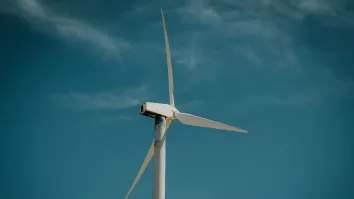
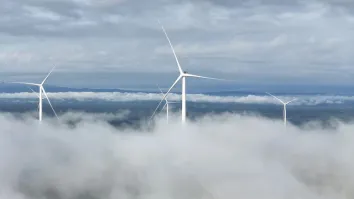
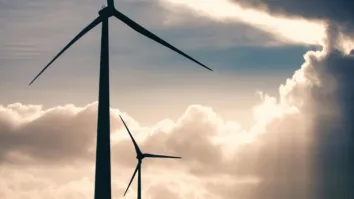




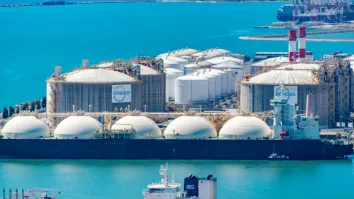
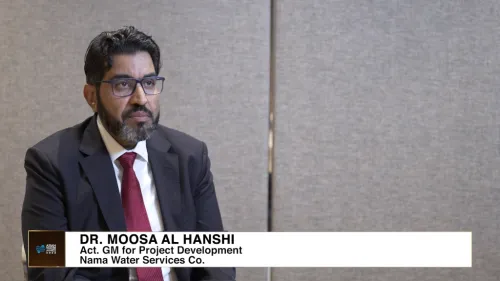


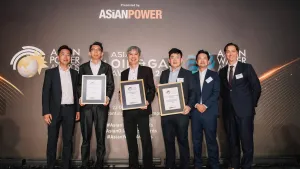
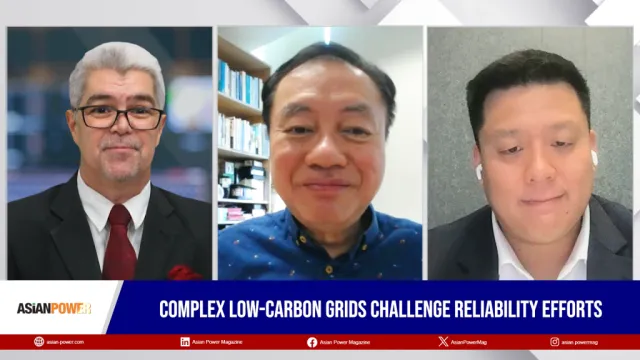

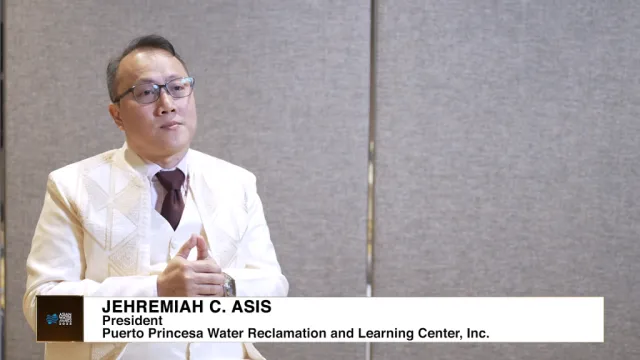
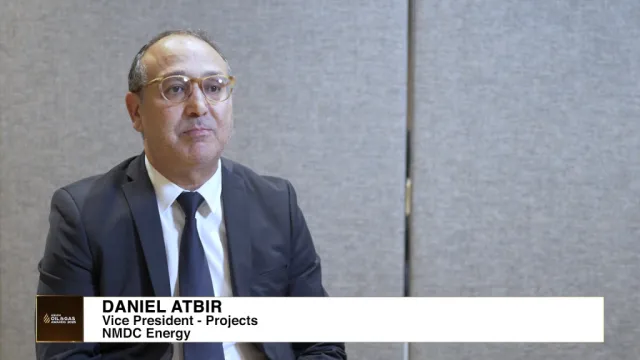

 Advertise
Advertise







